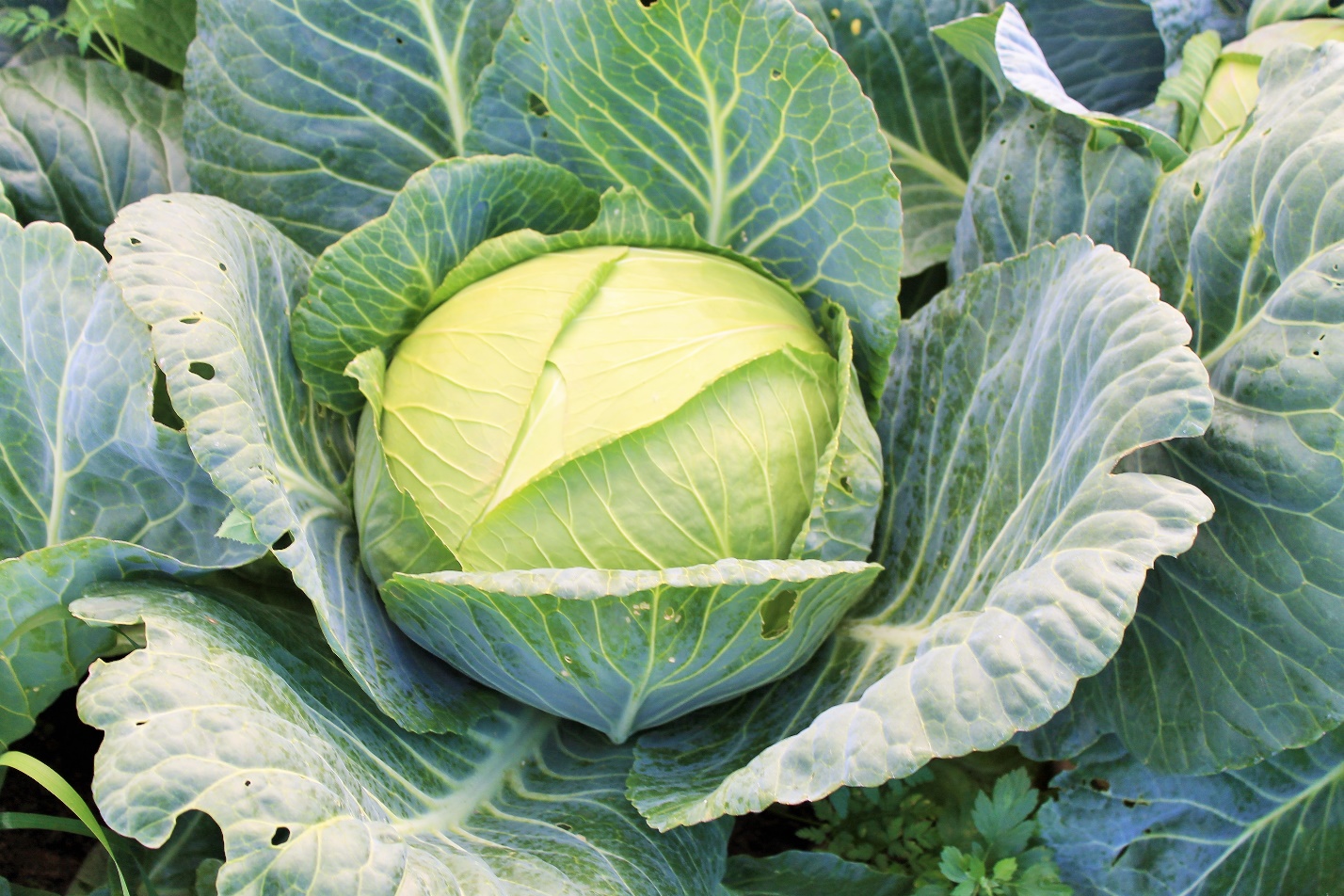
Very often growing cabbage, ensuring its proper care, vegetable growers are faced with the problem of withering and drying of the foliage of the plant. There are many factors leading to this phenomenon. In order not to be left without a crop, it is necessary to identify the cause of yellowing of the lower leaves in time and take timely measures to eliminate it.
Content
Causes
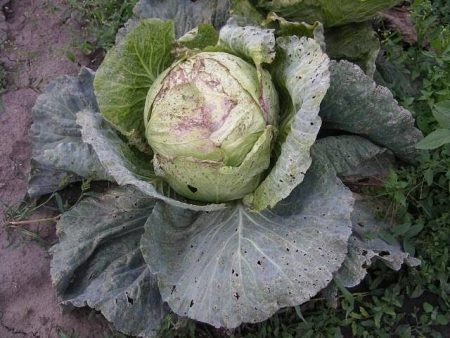
Noticing the yellowing and wilting of leaves on the cabbage, one should not immediately provide the plant with abundant watering or undertake spraying with insecticides. After all, drying out can be caused by illiterate care or the development of spores of pathogenic fungi in the soil under the vegetable, which, with even greater humidity, will only multiply more actively, and ultimately lead to the complete death of the vegetable.
Improper care
Not fulfilling all the necessary agrotechnical techniques such as timely watering and loosening of the soil, the root system of the plant will begin to experience oxygen starvation, stop supplying water and organic substances to the aboveground part. And in sunny weather, foliage, absorbing energy, overheat, turn yellow and dry.
Symptoms
- loss of turgor cabbage;
- violation of photosynthesis and pale color of the plant;
- yellowing and wilting of the lower leaves.
Fusarium
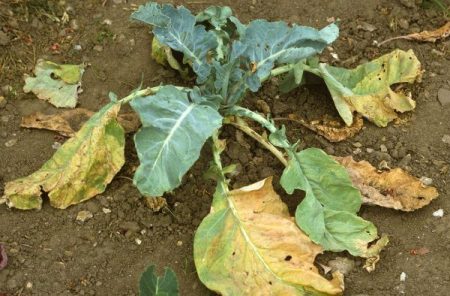
In arid hot summers, cabbage is often exposed in the open ground to Fusarium wilting. A pathogenic disease leads to the loss of part of the crop, and if measures are not taken to kill all plantings.
Symptoms
- with sufficient watering - loss of plant turgor;
- violation of the formation of chlorophyll on the leaves;
- the appearance in the area of the root neck of white-red mold plaque;
- drying and dying of leaves.
Peronosporosis
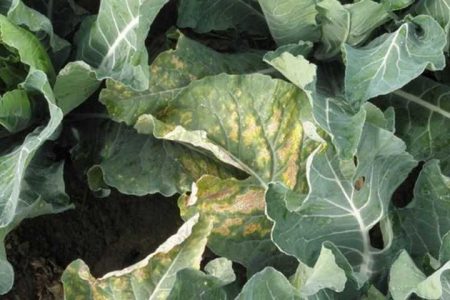
When lingering rainy weather and air temperature of +25 - +30 degrees are established, gray-white moldy spots appear on the outside of cabbage leaves. The mycelium that emerged from infected soil or an instrument multiplies very quickly under favorable conditions. The photosynthesis of the plant is disturbed, and the affected foliage dries out and dies.
Symptoms
- the appearance on the outside of the foliage of cabbage moldy gray-white spots with a pink tint;
- areas on the leaves, after the defeat of the fungus, become oily to the touch;
- the inside of the leaves is affected by a whitish coating;
- the affected plant dries up, stops in development and dies.
To prevent the development of spores of peronosporosis in the soil, before planting cabbage seedlings in the soil, wood ash should be added at the rate of: 2 cups per square meter.
Black rot
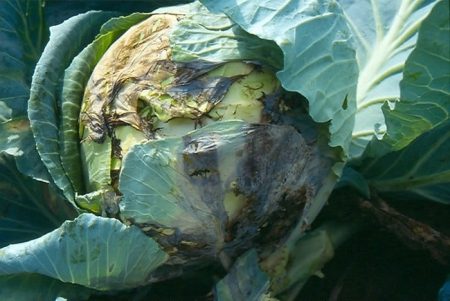
Black rot or vascular bacteriosis is one of the most dangerous diseases affecting cruciferous crops. The defeat of the pathogen can occur at any stage of plant development through contaminated soil, seeds, tools and containers. In the open ground on cabbage most often begins to manifest itself in the form of a slight yellowing and wilting of the lower leaves.
Symptoms
- yellowing and drying of the edge of the leaf blade;
- penetration of infection into the central veins of the leaves and head of cabbage;
- foliage dries up, becomes like parchment, falls away;
- after 2-3 weeks, the infection covers the entire plant, and it dies.
Keel tumor
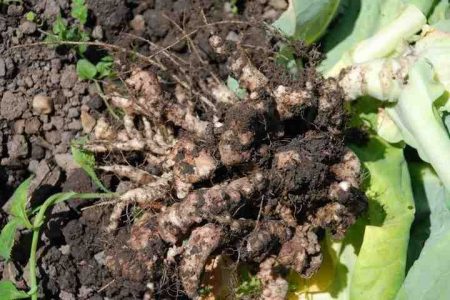
An incurable fungal disease. The development of the pathogen is promoted by an increased level of soil moisture, increased soil acidity and high air temperatures. Spores are spread by infected seedlings, pests, earthworms, and bear. Tumor growths form on the root system of cabbage, the plant ceases to function normally, foliage withers and dries.
Symptoms
- foliage acquires a bluish-gray hue and dries out;
- tumor growths and swelling of the tissue form on the roots of the plant;
- photosynthesis slows down, cabbage leaves dry out and die.
Cabbage leaf beetle
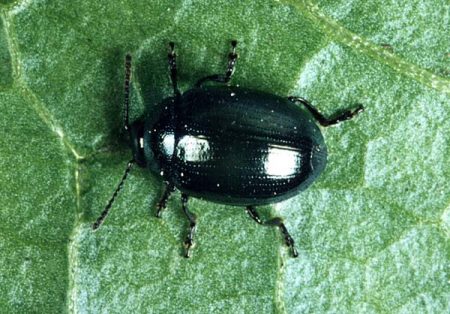
In early June, cabbage leaf beetle leaves the wintering places. This parasite insect is a shiny black little bug with gray legs. Female pests gnaw holes in the foliage, make masonry. Hatched larvae suck out milky juice in the plant, after which the leaves turn pale, dry and fall off.
Symptoms
- in the early to mid-June, foliage has damage along the entire perimeter in the form of small pits;
- in July, due to hatching larvae that begin to feed on milky sap, the leaves brighten, dry out and fall off.
Wavy and cruciferous flea
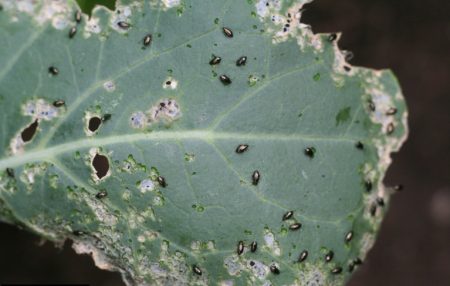
In early April, as soon as the soil warms up a bit, an attack on a cabbage is carried out by an undulating or cruciferous flea. Insects eat round holes on the leaves, suck out the milky juice. Leaves stop normal life, dry out. With untimely processing, plants die.
Symptoms
- in mid-April, small light yellow dots appear on the outside of the foliage;
- after two weeks, the leaves are completely affected by fleas, brighten, dry and die.
Moths and Scoops
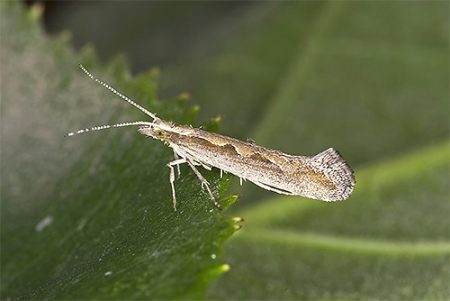
Butterfly pests that lay their offspring on the bottom of cabbage leaves fly out to hunt in early spring. And their eggs can cause the plant to die in just a few days. Hatched offspring bites into the surface of the leaves, forming passages and damaging plant tissue.
Symptoms
- through holes on the lower leaves of cabbage;
- most damage is visible on the inside of the foliage;
- after 7-10 days, the plant stops photosynthesis, the foliage turns yellow and dries.
Medvedka
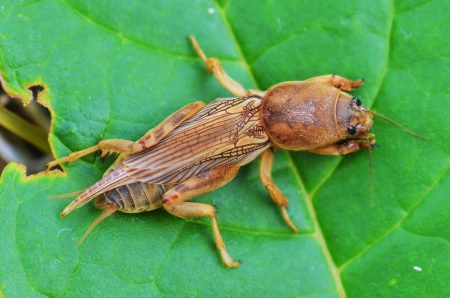
Devouring shoots and a young root system, the bear can not only damage the foliage, but also destroy the entire cabbage crop. Not eating the whole root of the cabbage completely, but just biting it, the bear provokes wilting and dying of foliage.
Symptoms
- on one side the foliage plants wilted in a few hours;
- planted cabbage abruptly lost turgor during the night.
Yellow and brown spots-burns on the leaves of cabbage can occur with an overdose of the drug fungicide. After applying a chemical injury, the foliage fades and dries. When diluting funds, strictly follow the instructions.
Chemical methods to combat the withering of cabbage foliage
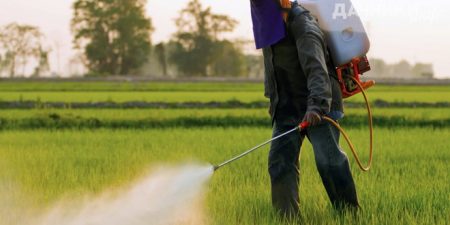
In order to prevent cabbage from pathogens and insect pests during the growing season, prophylactic treatments with fungicides and insecticides should be carried out from the very beginning of seedling cultivation. And also promptly introduce the necessary minerals and trace elements into the soil. In the event of the onset of infection or pests, it is necessary to immediately begin the fight to neutralize them.
Spraying against Fusarium wilting
In case of serious damage to cabbage with spores of Fusarium, the plant should be dug up and burned immediately. However, if the disease is just beginning to develop, the drugs have proven themselves well: Pozakonozol, Trichopol, Agat-25, Vitaros, Topsin-M, Bactofit, Maxim, Previkur.
Treatment against peronosporosis and black rot
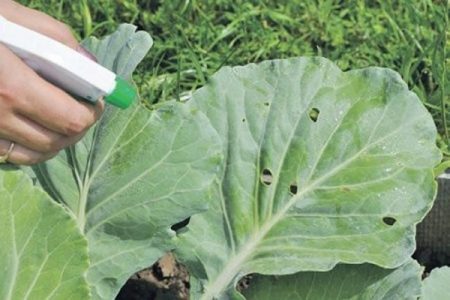
To save cabbage from these diseases will help not only spraying with chemical preparations, but also observing the correct agricultural practices such as crop rotation, timely top dressing and loosening of the soil. The fungicides: Acrobat-M, Quadris, Topaz, Fitosporin, Gamavir will cope well with black rot and peronosporosis.
When processing cabbage from fungal pathogens or viral diseases, chemicals should be alternated. This is necessary so that the parasites do not have time to develop immunity to the fungicide.
Treatments against keel
The spores of the keel tumor are so tenacious that they retain vital activity in the soil for 9-10 years. Therefore, one should not only destroy diseased plants, but also conduct sanitary treatment of the soil: not slaked lime, Bordeaux liquid, bleach, or Acrobat.
Spraying against parasitic insects
In the attack of parasitic insects that cause harm to cabbage leaves, preventive treatment with insecticides is carried out: Lightning, Decis, Sempai, Aktara, Belt, Bazudin, Spark, Actellik, Vertimek.
Folk methods of dealing with withering foliage of cabbage
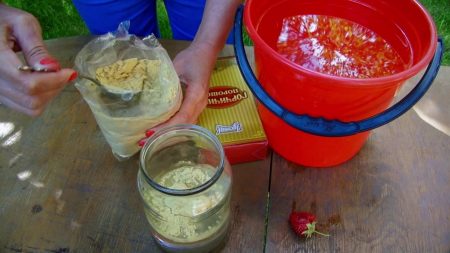
Using chemicals to neutralize pathogens and pests, it damages beneficial microorganisms living in the soil. Sparing and no less effective are folk methods.
Mullein infusion
Infusion of cow manure during fermentation releases ethylene gas, which has a detrimental effect on spores of pathogenic fungi.
Cooking:
- prepare a container with a volume of 10 l, put 3 kg of fresh mullein in it, pour water on it;
- insist for two days in a warm place;
- 1 liter of finished infusion dilute 5 liters of water;
- to spray on foliage with a broom in the evening hours once every five days.
Soda ash solution
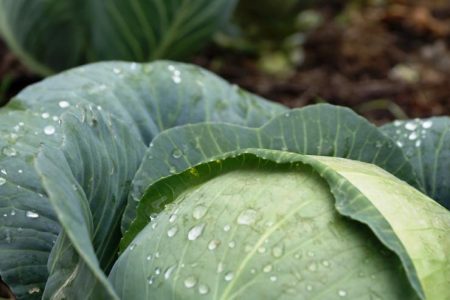
Soda ash, as a natural alkali, will have a detrimental effect on the acidic environment of fungi in case of damage: keel, fusarium wilt, peronosporosis.
Cooking:
- pour warm water into a three-liter container, add 3 tablespoons of soda ash, 2 tablespoons of sugar;
- stir the solution and determine in the spray gun;
- to spray in the morning 1 time in 6-7 days.
Infusion of onion peel and bitter pepper
Infused peeling of onions along with bitter pepper will serve as a repellent from most sucking and gnawing pests.
Cooking:
- put 0, 5 kg of onion husks in a prepared container with a volume of 10 l, pour warm water;
- add 2 teaspoons of ground red pepper, 3 tablespoons of sugar, 2 caps of detergent for dishes;
- insist for three days in a warm place, drain;
- spray the cabbage leaves affected by the pest once every three days.
When using processing with onion peel, a decoction after beets or potatoes can be added to its infusion. The broth contains nitrogen and trace elements that will saturate the cabbage.
Prevention
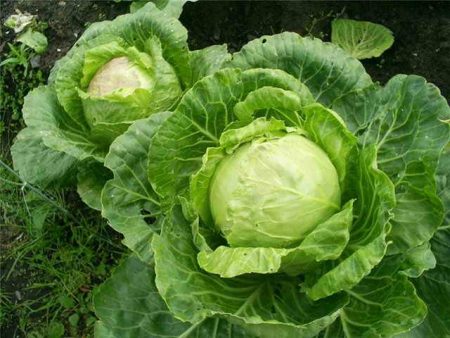
By carrying out all the necessary methods and preventive measures against withering of the leaves of cabbage, it is possible to ensure good growth of plants, protecting them from pathogens and pests.
- When planting seeds for seedlings, disinfect with potassium permanganate.
- Acquire the soil for sowing seeds only in specialized stores, do not use the garden.
- When the first pair of true leaves appears on seedlings, carry out preventive treatment of plants with Previkur fungicide.
- Throughout the growing season, apply mandatory agricultural practices: watering, cultivating, top dressing with a high content of potassium and phosphorus.
- All the time during the growing season of cabbage, inspect the leaves for the first signs of infection and their timely elimination.
Advice
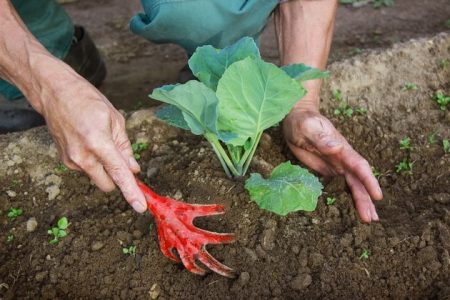
Adhering to tips and recommendations, you can not only get rid of the trouble with wilting foliage on cabbage, but also get a decent harvest.
- To protect the cabbage from infection, before sowing, seeds should be dipped for 10 minutes in water at a temperature of 60 degrees, with further placement in the refrigerator for a day.
- Using Zircon or Epin growth stimulants once every two weeks during the whole season of sprinkling cabbage, you can protect the vegetable from damage by spores of harmful fungi, and increase the quality of the crop.
- To get rid of the corrugated and cruciferous fleas on the cabbage beds, water the leaves from the watering can and rub it with wood ash. The method is applied every other day, alternating with insecticide treatment.
Reviews
Gardeners who have already applied one of the methods to eliminate wilting leaves on cabbage, share their impressions.
Lisa Aleksandrov Vladimir Region
Last year, while growing cabbage, she noticed that the lower leaves became sluggish, white-pink moldy spots appeared on the lower part. Alternating fungicides: Acrobat-M and Quadris, quickly restored the vegetable's health.
Andrey, Irkutsk
In recent years, the cultivation of early cabbage has become a big problem due to the attack of a wavy flea. In the old magazine "Homestead Management" I read about the use of wood ash. I tried the method, alternating with spraying with “Aktara”. I got rid of the pest completely.
Adhering to the rules of caring for plants, choosing a suitable place and timely taking preventive measures, you can grow healthy cabbage in the open ground without dry sluggish leaves.

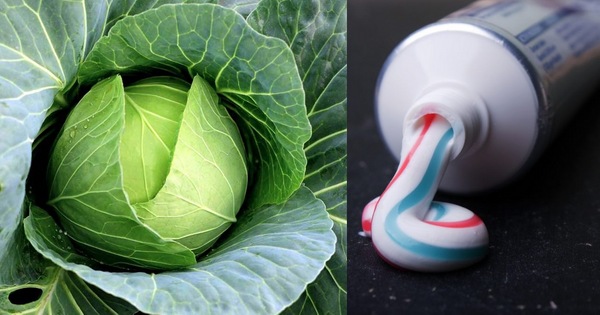
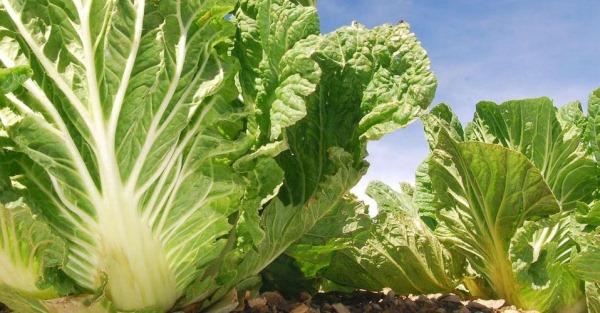
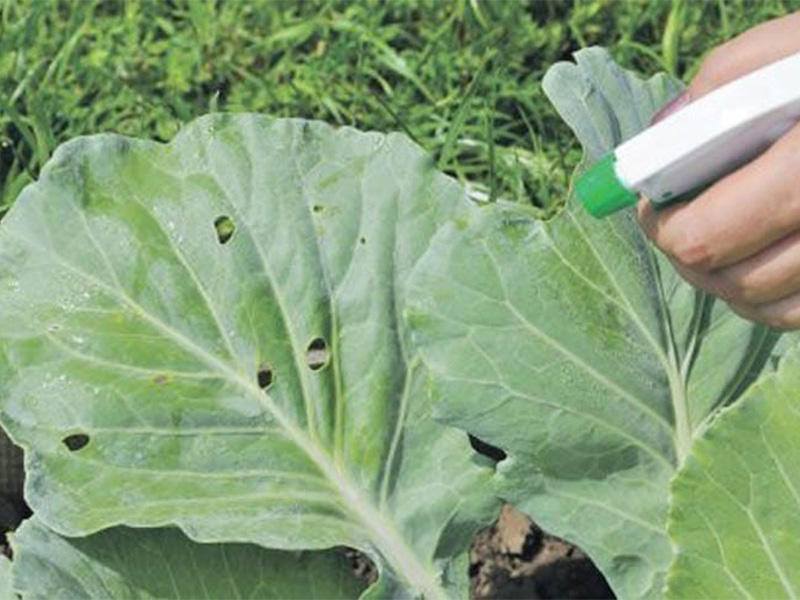
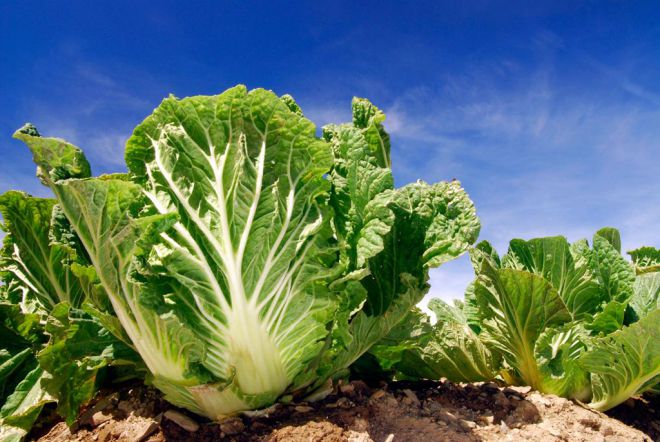 How to grow Chinese cabbage on your site?
How to grow Chinese cabbage on your site?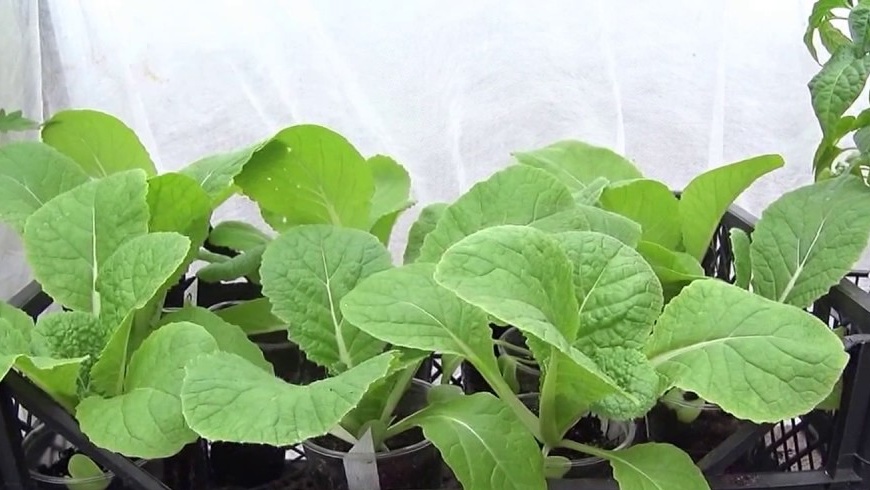 When to plant Chinese cabbage on seedlings in 2024
When to plant Chinese cabbage on seedlings in 2024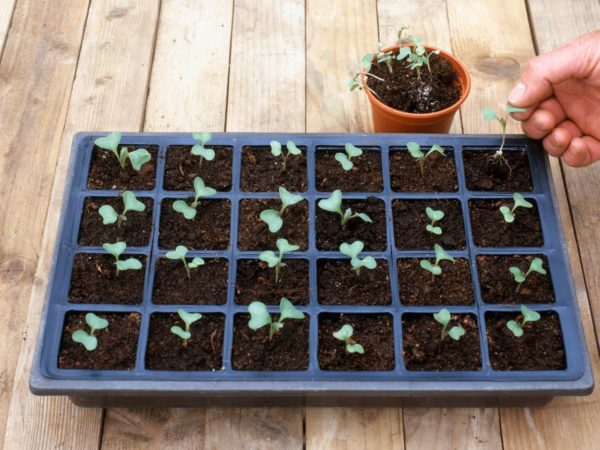 When to sow cabbage for seedlings in 2019 on the moon
When to sow cabbage for seedlings in 2019 on the moon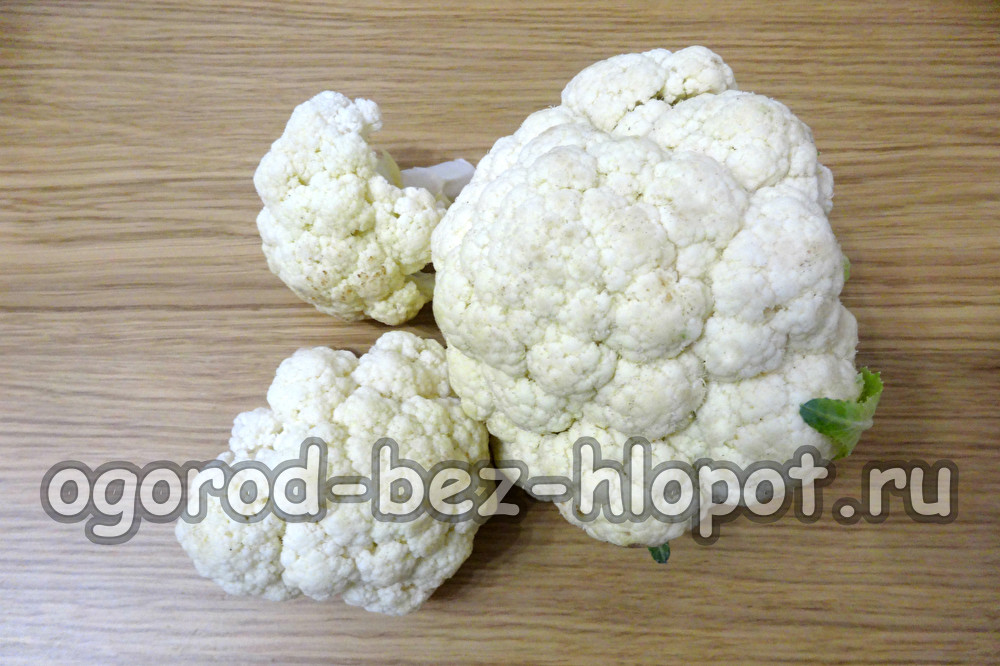 Cauliflower: how to grow large snow-white inflorescences
Cauliflower: how to grow large snow-white inflorescences